The content of the article
When a gray pet appears in the house, some family members have mixed feelings. However, the joy and delight of acquiring a new friend gives way to confusion and ignorance - how to care for a rat? In what conditions should she live for her to be comfortable? What to feed a rat and how to contain it? In this article you will find answers to all your questions.
In general, the rat is quite unpretentious. This is a fun and affectionate animal that loves to play. A rat can remember his nickname, is trainable. She can perform a couple of simple commands, such as "sit" or "stand." Rats are unpretentious in food, they are rather clean. Rats do not have a peculiar smell like hamsters, however females can mark the territory. With rats, you need to be careful, because these animals love to chew on everything. If you do not want to detect the bitten legs of the sofa or damaged shoes, the rat must be constantly kept in sight and released from the cage only for a limited time.
Rats are very playful and active.They look like dogs, only smaller in size. If you decide to start a rat in the house, you should understand that it will have to spend some of your free time - at least an hour a day. And this concerns not only the cleaning of her home and the care of her food. The rat is in vital need of games and affection - be prepared for this.
Choosing a rat
Before you buy an animal, ask all family members if they agree that such an unusual animal will live in the house. Consider that some people may be allergic to rat odor. If there are other animals in the house, especially cats, you need to think, and can animals live in peace and harmony? Usually, if a rat and a cat are forced to coexist in a house, the rodents are in a frightened and depressed state.
When all organizational issues are resolved, go for the animals. In order for the rat to become manual and quickly get used to you, it must be small, no more than three weeks old. Taking a newborn rat is not worth it - in the first weeks he receives all the information necessary for life from his mother.
When you have found a brood of a certain age, you need to choose the rat that will live with you and be your pet. Pay attention to all the rats.Try putting your hand in a cage, but be careful not to scare animals. Without a reason, rats will not bite - only if they consider that they are in danger. That little rat, who is the first to run up to the hand and try the finger “to taste” with a slight bite, should become your pet. Usually frisky and curious rats become pets, and fearful ones, on the contrary, become biting and inhospitable.
Carefully inspect the animal so that it is not sick. The rat must be moving and frisky. His coat should be smooth and even, without any flaws. The ears of the animal must be clean and uniform. Under the eyes and nose, near the ears should not be any circles and redness. The breathing of the animal should be smooth, without wheeze, and the stomach - soft and elastic. These animals do not like to live alone. So that they have fun, it is better to choose two pups of the same sex, for example, two brothers or sisters. Female rats are smaller in size, but more neat and nimble. Males, on the contrary, measured and slow, can sit for a long time on the shoulder of a person. However, they are more vindictive.
House for rat
Cell selection It is best to keep the rat in a spacious cage. It should be metal, not plastic or wood. Soft material rat cracks easily. The cell should not stand in a draft, near a battery and in direct sunlight. The temperature of the normal life of the rat is not different from the human, however, this animal does not tolerate too dry and hot air. You can not settle a rat in an aquarium, because carbon dioxide can accumulate at the bottom, and it is much more difficult to clean the aquarium. Do not forget that the rats can jump high and easily run away from your aquarium pen.
The cage should be spacious, especially if it contains two or more animals. Choose multilevel cages, with a wheel and other acrobatic exercise machines. Throw into the dwelling a few unnecessary rags - rats love to play with them and wrap themselves in cloth. Rats constantly sharpen their teeth, so you need to take care of this. In the cage should be sticks or small thick branches, crackers.
Laying for the cell. Sawdust can be selected as bedding for the cage. However, it should not be sawdust buttery trees - cedar or pine.In combination with rat urine, this wood can produce an unpleasant odor, which can cause respiratory diseases in animals. Hay or cloth is also not suitable. If there is no sawdust, you can use cat litter or crushed newspaper sheets. But remember that typographical ink can paint white rats.
Feeding corner In the cage should always be a bowl of clean drinking water. It is better to buy a special drink that is mounted on the walls of the cage - it is impossible to turn it over. In addition, in such a pot there will always be fresh water. Get small bowls for food. It is better if they are on suckers.
Nest for the rat. A rat, like any animal, should have a house in which it sleeps. In the pet store there are special plastic houses that are mounted in a corner of the cage. However, it is possible to weave a small covered nest with a hole for entry from willow branches. This nest is more like a natural dwelling animal.
Restroom. As you remember, rats are very clean, so they do not like to crap where they play and sleep. In the corner opposite to the feeding you can equip for them a small toilet - fill a special container with absorbent material. Smart animals immediately understand why this was done.
Feeding rats
Rats are almost omnivorous, but to take care of their health, you need to feed them the correct and healthy food. Pet shops have special cereal mixtures and rat food. Usually this food is completely balanced and saturated with all the vitamins. Add in the diet of your pet pieces of fresh fruits and vegetables. Rats are very fond of pumpkin seeds, meat and fish, chicken bones. It is impossible to feed a rat with all products that are suitable for humans. You can not give the animal chocolate, raw beans, cottage cheese, raw potatoes - it is harmful for the rat organism.
In no case do not give the rat the leaves and stems of houseplants - many are poisonous for rodents. The rat loves to nibble sunflower seeds, eats oatmeal cookies and eggs, drinks milk. And, of course, the rat's favorite delicacy is cheese. Once a season a rat needs to be given special vitamins along with food.
Hygiene and Rat Health
Regularly clean the cage from dirt and monitor the condition of your pet's home. Animals can shed water and wet the litter - be careful.Once a week, do a thorough cleaning of the house - at this time, move the animals into a separate box. Wash and dry all components of the cage, change the litter.
Weekly inspect a rat for the presence of tumors, inflammations, parasites. After all, you are responsible for the health of this animal! Carefully inspect the ears of the rat and listen to its breathing. For any suspected animal disease, contact a veterinarian for help.
The maintenance of the rat in accordance with all the rules, as well as its balanced feeding, is the basis for the prevention and health of the animal. Rats can be restless if the room is too hot. In addition, the close space of the cell can cause their frequent throwing. And do not forget that the rat is in need of your communication. Regularly remove the animal from the cage. She really likes to change the angle of their inspection, so adult rats love to sit on the shoulder of a person.
You can play with a rat - build various puzzles and labyrinths for it - this is a very intelligent and active animal. You can teach her to respond to your commands through food promotion.These skills will help you, if necessary, quickly find the animal, if it is out of sight. And remember that we are responsible for those who have tamed. Be attentive and caring to your pet, and he will answer you with love and affection.
Video: care for rats

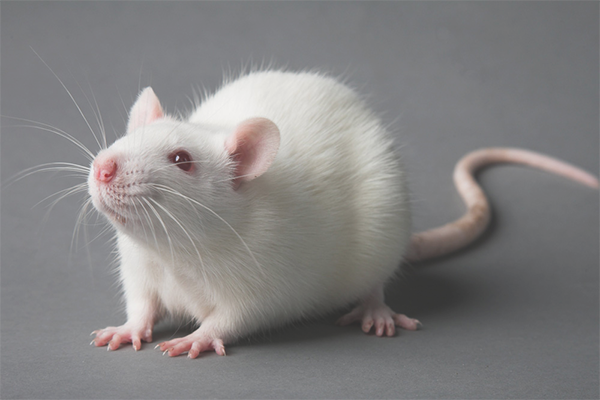
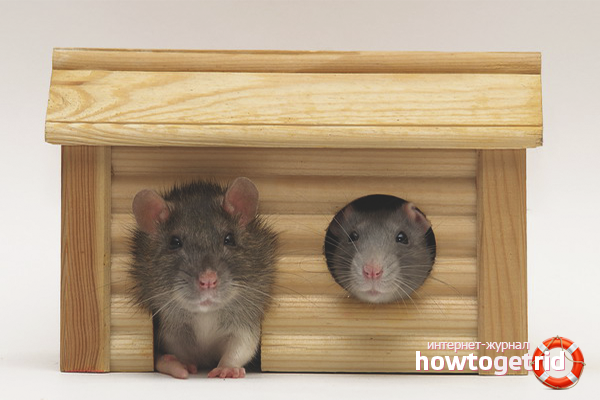


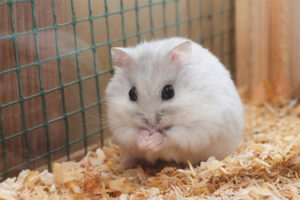


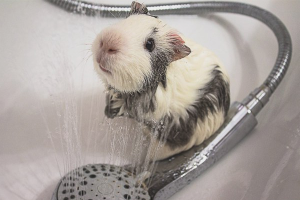

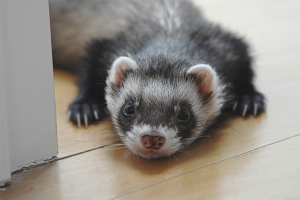
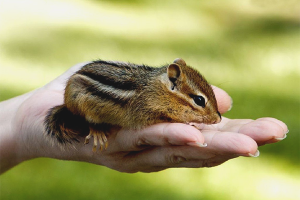
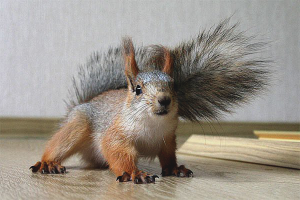
To send